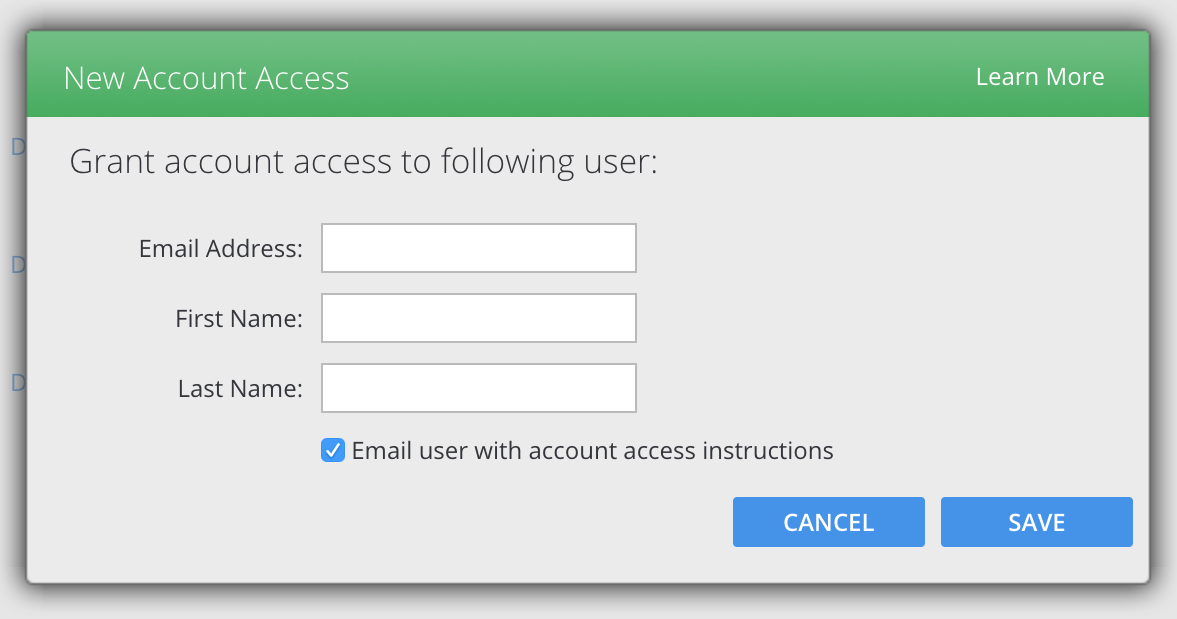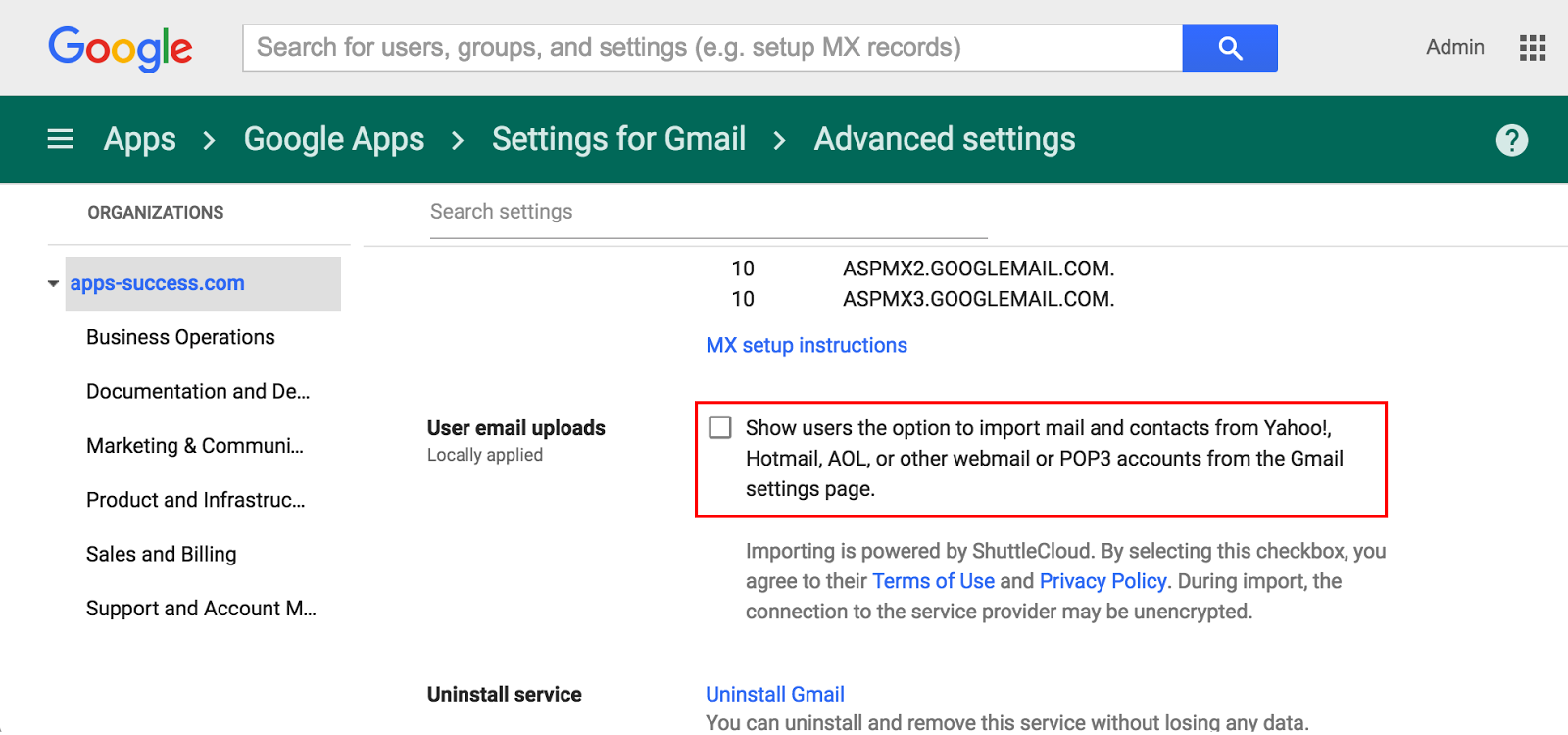
The following table describes the mailbox actions that are available in mailbox audit logging for user mailboxes and shared mailboxes. Mailbox actions for user mailboxes and shared mailboxes The mailbox is accessed by using the Microsoft Exchange Server MAPI Editor.In-Place eDiscovery in Exchange Online.eDiscovery or eDiscovery (Premium) in the compliance portal.Content Search in the compliance portal.The mailbox is searched with one of the following Microsoft eDiscovery tools:.An admin who's been assigned the FullAccess permission to a user's mailbox.A user who's been assigned the SendAs, SendOnBehalf, or FullAccess permission to another mailbox.Owner: The mailbox owner (the account that's associated with the mailbox).The following list describes the logon types that are used in mailbox audit logging: Logon types classify the user that did the audited actions on the mailbox.

The following table shows the mailbox types that are currently supported by mailbox auditing on by default: Mailbox type In other words, mailbox auditing on by default ignores the AuditEnabled property on mailboxes. When mailbox auditing on by default is turned on for the organization, the AuditEnabled property for affected mailboxes won't be changed from False to True. For more information, see the Bypass mailbox audit logging section later in this article. To keep mailbox auditing disabled for specific mailboxes, you configure mailbox auditing bypass for the mailbox owner and other users who have been delegated access to the mailbox. For example, if mailbox auditing is disabled for a mailbox (the AuditEnabled property is False on the mailbox), the default mailbox actions will still be audited for the mailbox, because mailbox auditing on by default is enabled for the organization. This on by default organizational value overrides the mailbox auditing setting on specific mailboxes. The value False indicates that mailbox auditing on by default is enabled for the organization. To verify that mailbox auditing on by default is turned on for your organization, run the following command in Exchange Online PowerShell: Get-OrganizationConfig | Format-List AuditDisabled Verify mailbox auditing on by default is turned on
PROMEVO VIEW USER EMAIL ACTIVITY AUDIT TRIAL
Learn details about signing up and trial terms. Start now at the Microsoft Purview compliance portal trials hub. Use the 90-day Purview solutions trial to explore how robust Purview capabilities can help your organization manage data security and compliance needs. If you're not an E5 customer, you can try all the premium features in Microsoft Purview for free. You have a consistent mailbox auditing policy across your organization (because you're auditing the same actions for all mailboxes).This means you don't need to monitor add new actions on mailboxes.

When Microsoft releases a new mailbox action, the action might be added automatically to the list of mailbox actions that are audited by default (subject to the user having the appropriate license).A predefined set of mailbox actions are audited by default for each logon type (Admin, Delegate, and Owner).




 0 kommentar(er)
0 kommentar(er)
